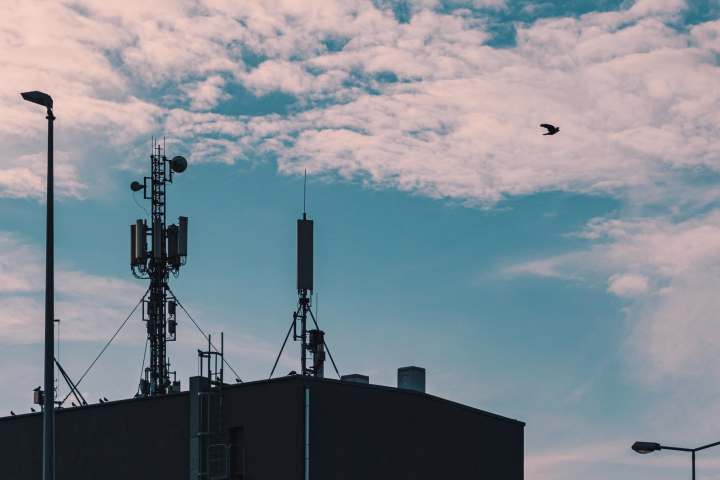Samsung has partnered with software company Amdocs to deliver one of the first campus-wide private 5G networks at a major U.S. university, allowing students and faculty to securely access learning and information resources from anywhere on the campus.
The two companies announced the deployment of the new private 5G network at Howard University in Washington, D.C., as the first project in a new collaboration to deliver end-to-end 4G and 5G private network solutions to major enterprises across the U.S. This effort is set to include not only higher education institutions like Howard University, but also other industries such as utilities, manufacturing, logistics, transportation, and retail.

As Samsung notes, this new initiative will deliver “secure and enhanced broadband connectivity to students, faculty, and local residents traveling the university’s campus.”
What are 5G private networks?
The power and flexibility of 5G technology is driving more demand for private
In the U.S., private 5G technology uses the Citizens Broadband Radio Service (CBRS) spectrum — an unlicensed chunk of midband radio frequencies in the 3.55GHz to 3.7GHz range.
If you’ve been paying attention to the recent C-band furor between the wireless carriers and the aviation industry, you’ll notice these frequencies are in the same neighborhood as the more controversial spectrum that Verizon and AT&T began deploying last month. In practical terms, this puts it in the same performance class as that new C-band spectrum, while still being far enough away from the 4GHz line to avoid making aviation officials nervous.
In fact, when the Federal Communications Commission (FCC) first opened up the CBRS spectrum for commercial use, it reserved parts of the band for the U.S. federal government to avoid interfering with U.S. Navy radar systems and aircraft communications. By 2020, however, the FCC decided to remove these restrictions entirely, allowing for the deployment of 5G mobile networks without the need to acquire spectrum licenses.
This has opened the floodgates to all sorts of new applications of 5G technology that will help to drive the internet of things forward while also providing much better connectivity options for business and school campus networks.
For example, in the case of Howard University, Samsung says that the “CBRS-powered private network provided the high levels of security required and delivered the higher data speeds and lower latency needed to ensure enhanced connectivity to more than 6,000 students traveling across campus.”
Furthering higher education
According to Jahmal Cue, Howard University’s senior network and infrastructure manager, the new 5G CBRS network will be used to complement the university’s existing Wi-Fi networks. While Cue didn’t offer any specifics on how the new private
Even though they employ 5G technology, the biggest obstacle to more widespread use of private
Much like your carrier, private 5G networks also require a physical SIM card or eSIM to connect a smartphone or tablet to their networks. This means that users need a dual-SIM device to roam freely between public and private
While offering direct and secure access for end users is the biggest advantage of private 5G networks, that’s far from the only use case, however. The range and performance of
We’re also still in the early days of private 5G network technology, and many educators are already looking at the opportunities that will present themselves as mobile operators like AT&T and Verizon embrace this technology more fully. Possibilities include such things as bridging private



